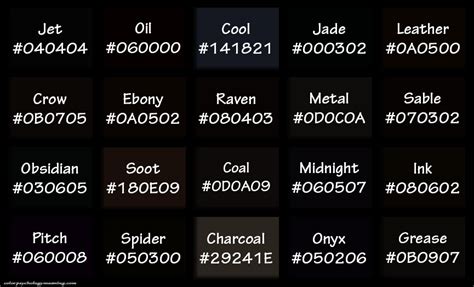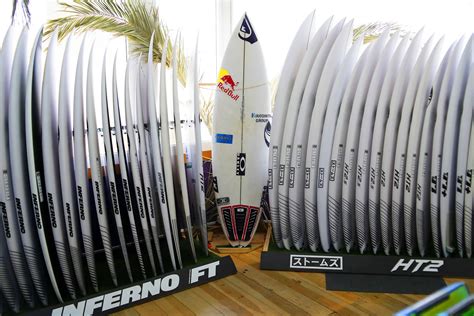Introduction

Surfing is an exhilarating and rewarding sport that can be enjoyed by people of all ages and skill levels. However, it’s important to have the right gear, including a cap for waves, in order to stay safe and comfortable while riding the waves.
A cap for waves is a specialized piece of headwear that is designed to protect your head from the sun, wind, and cold. It can also help to keep your hair out of your eyes and face, so that you can focus on catching waves.
Benefits of Wearing a Cap for Waves
There are many benefits to wearing a cap for waves, including:
- Protection from the sun: The sun’s ultraviolet (UV) rays can damage your skin, eyes, and hair. A cap for waves can help to protect you from these harmful rays by providing a physical barrier between your head and the sun.
- Protection from the wind: The wind can be harsh on your skin, especially if it’s cold or dry. A cap for waves can help to protect your face and ears from the wind, so that you can stay comfortable while surfing.
- Protection from the cold: The water can be cold, especially in the winter months. A cap for waves can help to keep your head warm, so that you can stay out in the water longer and enjoy your surf session.
- Keeps hair out of your face: When you’re surfing, it’s important to be able to see clearly. A cap for waves can help to keep your hair out of your eyes and face, so that you can focus on catching waves.
- Improves comfort: A cap for waves can help to improve your comfort while surfing. It can provide a snug fit that helps to keep your head in place, even when you’re riding big waves.
How to Choose the Right Cap for Waves
There are many different types of caps for waves available on the market. When choosing a cap for waves, it’s important to consider the following factors:
- Material: Caps for waves are typically made from a variety of materials, including nylon, neoprene, and Lycra. Nylon is a lightweight and durable material that is resistant to water and wind. Neoprene is a waterproof material that is also very warm. Lycra is a stretchy material that is comfortable to wear.
- Fit: It’s important to choose a cap for waves that fits snugly on your head. A cap that is too loose will fall off when you’re surfing, while a cap that is too tight will be uncomfortable.
- Coverage: Caps for waves come in a variety of coverage options. Some caps only cover the top of your head, while others cover your entire head and neck. Choose a cap that provides the coverage you need.
- Features: Some caps for waves have additional features, such as earflaps, visors, and chinstraps. These features can provide additional protection from the sun, wind, and cold.
How to Wear a Cap for Waves
Once you’ve chosen a cap for waves, it’s important to wear it properly. Here are some tips:
- Pull the cap on snugly: Make sure the cap fits snugly on your head. It shouldn’t be too tight or too loose.
- Adjust the straps: Most caps for waves have adjustable straps. Adjust the straps so that the cap is comfortable and secure.
- Tuck your hair inside the cap: If you have long hair, tuck it inside the cap. This will help to keep your hair out of your eyes and face.
- Wear the cap under your helmet: If you’re wearing a helmet while surfing, wear the cap for waves under the helmet. This will help to keep your head warm and protected.
Conclusion
A cap for waves is an essential piece of gear for any surfer. It can help to protect you from the sun, wind, and cold, and it can also help to keep your hair out of your eyes and face. When choosing a cap for waves, it’s important to consider the material, fit, coverage, and features. Once you’ve chosen a cap for waves, be sure to wear it properly to maximize your wave riding experience.
- Choose the right cap for waves. Consider the material, fit, coverage, and features that are important to you.
- Pull the cap on snugly. Make sure the cap fits snugly on your head. It shouldn’t be too tight or too loose.
- Adjust the straps. Most caps for waves have adjustable straps. Adjust the straps so that the cap is comfortable and secure.
- Tuck your hair inside the cap. If you have long hair, tuck it inside the cap. This will help to keep your hair out of your eyes and face.
- Wear the cap under your helmet. If you’re wearing a helmet while surfing, wear the cap for waves under the helmet. This will help to keep your head warm and protected.
Q: What is the best material for a cap for waves?
A: The best material for a cap for waves is nylon, neoprene, or Lycra. Nylon is a lightweight and durable material that is resistant to water and wind. Neoprene is a waterproof material that is also very warm. Lycra is a stretchy material that is comfortable to wear.
Q: How should a cap for waves fit?
A: A cap for waves should fit snugly on your head. It shouldn’t be too tight or too loose.
Q: What coverage should I choose for a cap for waves?
A: Caps for waves come in a variety of coverage options. Some caps only cover the top of your head, while others cover your entire head and neck. Choose a cap that provides the coverage you need.
Q: What features should I look for in a cap for waves?
A: Some caps for waves have additional features, such as earflaps, visors, and chinstraps. These features can provide additional protection from the sun, wind, and cold.
Table 1: Comparison of Different Cap for Waves Materials
| Material | Pros | Cons |
|---|---|---|
| Nylon | Lightweight, durable, water and wind resistant | Not as warm as neoprene |
| Neoprene | Waterproof, warm | Not as breathable as nylon |
| Lycra | Stretchy, comfortable | Not as durable as nylon or neoprene |
Table 2: Comparison of Different Cap for Waves Coverage Options
| Coverage | Pros | Cons |
|---|---|---|
| Top of head only | Lightweight, breathable | Doesn’t provide as much protection as other coverage options |
| Full head and neck | Provides maximum protection | Can be hot and uncomfortable in warm weather |
Table 3: Comparison of Different Cap for Waves Features
| Feature | Pros | Cons |
|---|---|---|
| Earflaps | Provides additional protection for your ears | Can be uncomfortable in warm weather |
| Visor | Provides additional protection for your eyes from the sun | Can be bulky and interfere with your vision |
| Chinstrap | Helps to keep the cap in place | Can be uncomfortable to wear for long periods of time |
Table 4: Top 5 Cap for Waves
| Cap | Material | Coverage | Features |
|---|---|---|---|
| O’Neill Psycho Freak Wave Cap | Nylon | Full head and neck | Earflaps, visor, chinstrap |
| Rip Curl Grom Cap | Neoprene | Top of head only | Earflaps |
| Hurley Phantom Cap | Lycra | Full head and neck | Visor |
| Dakine Wave Cap | Nylon | Top of head only | Chinstrap |
| Billabong Revolution Cap | Neoprene | Full head and neck | Earflaps, visor, chinstrap |
